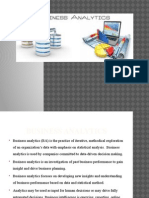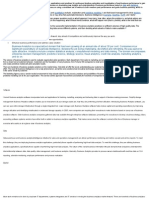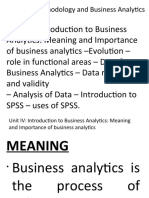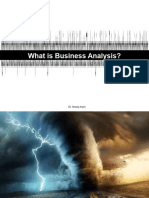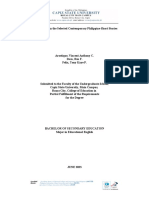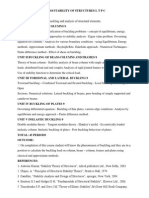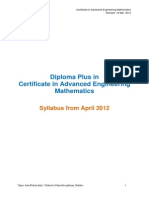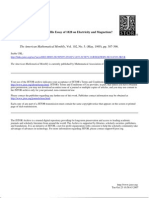0% found this document useful (0 votes)
115 views5 pagesBusiness Analysis: Key Concepts & Roles
The document discusses a study that aims to identify factors affecting the program preferences of Bachelor of Science in Accountancy (BSA) students. It involves evaluating the students' profiles, including sex, age, and year level. The study will examine how personal interest factors, financial capabilities, career opportunities, family/friends/relatives, and media/public information influence program preferences. A survey questionnaire will be used to collect input data, which will then be processed and analyzed to identify key factors and develop action plans to assist future accounting students in career decision-making. The results of the study could help accountants recognize emerging career opportunities and changes in business needs.
Uploaded by
Yo Han SongCopyright
© © All Rights Reserved
We take content rights seriously. If you suspect this is your content, claim it here.
Available Formats
Download as DOCX, PDF, TXT or read online on Scribd
0% found this document useful (0 votes)
115 views5 pagesBusiness Analysis: Key Concepts & Roles
The document discusses a study that aims to identify factors affecting the program preferences of Bachelor of Science in Accountancy (BSA) students. It involves evaluating the students' profiles, including sex, age, and year level. The study will examine how personal interest factors, financial capabilities, career opportunities, family/friends/relatives, and media/public information influence program preferences. A survey questionnaire will be used to collect input data, which will then be processed and analyzed to identify key factors and develop action plans to assist future accounting students in career decision-making. The results of the study could help accountants recognize emerging career opportunities and changes in business needs.
Uploaded by
Yo Han SongCopyright
© © All Rights Reserved
We take content rights seriously. If you suspect this is your content, claim it here.
Available Formats
Download as DOCX, PDF, TXT or read online on Scribd
/ 5

















